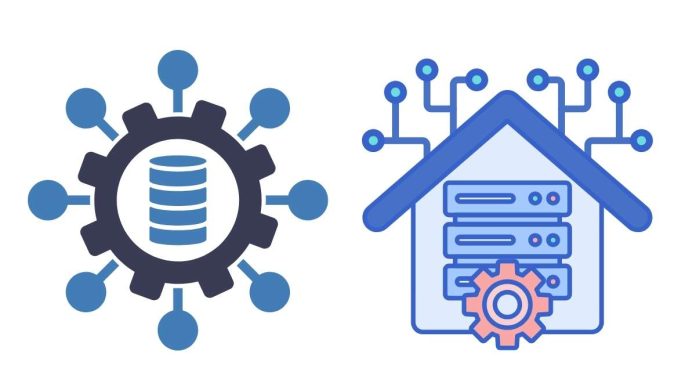A Data Warehouse is a centralized repository that stores data from various sources in a single location, making it easier to access and analyze. It is designed to support business intelligence activities, such as data analysis, reporting, and data mining.
Characteristics of a Data Warehouse
1. Integrated: A data warehouse integrates data from multiple sources, providing a unified view of the data.
2. Time-variant: A data warehouse stores historical data, allowing users to analyze trends and patterns over time.
3. Non-volatile: A data warehouse is a read-only repository, meaning that data is not updated in real-time.
4. Subject-oriented: A data warehouse is organized around business subjects, such as customers, products, and sales.
Multi-Dimensional Data Model
A Multi-Dimensional Data Model is a data modeling technique used in data warehouses to represent data in a way that supports fast querying and analysis. It is based on the concept of dimensions and facts.
- Dimensions: Dimensions are the perspectives or attributes of the data, such as time, geography, or product category. Dimensions provide context to the data and allow users to analyze it from different perspectives.
- Facts: Facts are the measurable values or metrics of the data, such as sales, revenue, or quantity. Facts are the central data elements that are analyzed and reported on.
Types of Multi-Dimensional Data Models
1. Star Schema: A star schema is a simple and widely used data model that consists of a central fact table surrounded by dimension tables.
2. Snowflake Schema: A snowflake schema is an extension of the star schema, where each dimension table is further normalized into multiple related tables.
3. Fact-Constellation Schema: A fact-constellation schema is a more complex data model that consists of multiple fact tables and dimension tables.
Benefits of Multi-Dimensional Data Model
1. Improved query performance: The multi-dimensional data model allows for fast querying and analysis of data.
2. Simplified data analysis: The model provides a simple and intuitive way to analyze data from different perspectives.
3. Better data consistency: The model ensures data consistency and reduces data redundancy.
Tools and Technologies for Building a Data Warehouse
1. Relational databases: Relational databases, such as Oracle, Microsoft SQL Server, and IBM DB2, are commonly used to build data warehouses.
2. Data warehousing tools: Specialized data warehousing tools, such as Informatica, IBM InfoSphere, and Microsoft SQL Server Integration Services, provide features and functionality to support data warehousing activities.
3. Big data technologies: Big data technologies, such as Hadoop, Spark, and NoSQL databases, are increasingly being used to build data warehouses and support big data analytics.
Best Practices for Building a Data Warehouse
1. Define clear business requirements: Clearly define the business requirements and goals of the data warehouse.
2. Develop a data model: Develop a robust and scalable data model that supports the business requirements.
3. Use data governance: Establish data governance policies and procedures to ensure data quality and consistency.
4. Test and iterate: Test the data warehouse and iterate on the design and implementation as needed.


